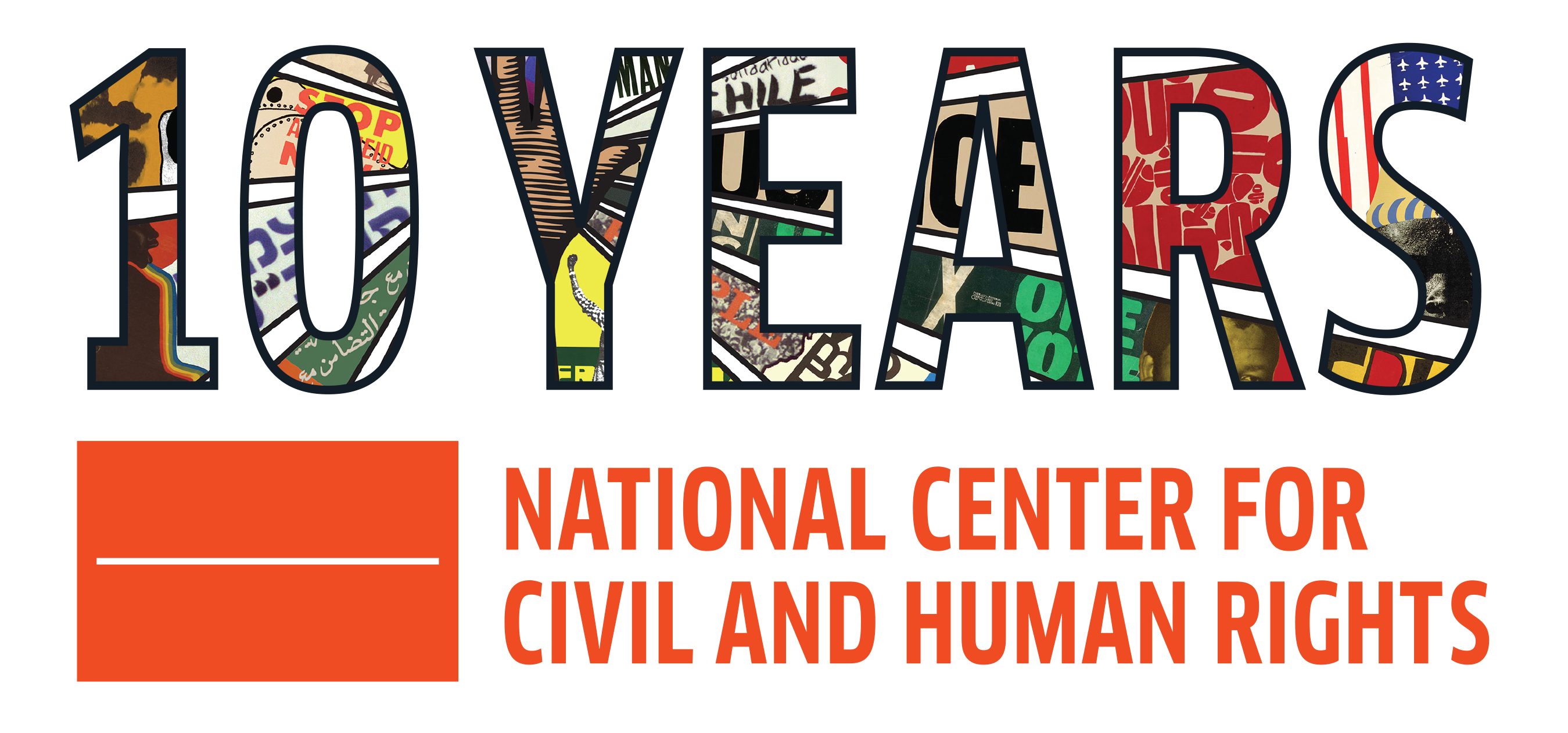Let’s Refresh Our Community’s Response to Child Sex Trafficking
Author Deborah Richardson is principal of Deborah Richardson & Associates dedicated to empowering organizations and their leaders to actualize their mission. Connect with her via LinkedIn
The City of Atlanta and Fulton County have been on the forefront of America’s efforts to address child sex trafficking. In 2001, a group of women community leaders spearheaded a 16 month effort that led to the passage of Georgia’s first trafficking legislation which made pimping and pandering a child a felony. Further, these women raised $1m to open the first safe house for sexually exploited girls east of the Mississippi. Over the past 15 years, there have been many other efforts addressing the issue.
In 2016, Georgia’s legislature passed Rachel’s Law which recognized children arrested for sex crimes would be treated as victims rather than criminals. Then, a campaign by the Safe Harbor Yes Committee motivated Georgia voters to approve a constitutional amendment creating a dedicated revenue source to fund services for victims of trafficking. Like all worthwhile efforts, there comes a time to evaluate impact. Many are familiar with The Story of the River. If not, please allow me to refresh your memory:
THE STORY OF THE RIVER
Once upon a time there was a small village on the edge of a river. One day a villager noticed a baby floating down the river. The villager quickly swam out to save the baby from drowning. The next day this same villager noticed two babies in the river. He called for help, and both babies were rescued from the swift waters. And the following day four babies were seen caught in the turbulent current, then eight, then more, and still more!
The villagers organized themselves quickly, setting up training teams of swimmers who could resist the swift waters and rescue babies. Rescue squads were soon working 24 hours a day. And each day the number of helpless babies floating down the river increased. The rescue squads were now snatching many children each day. While not all the babies (now very numerous) could be saved, the villagers felt they were doing well to save as many as they could each day.
One day, however, someone raised the question, “But where are all these babies coming from? Let’s organize a team to head upstream to find out who’s throwing all of these babies into the river in the first place!”
Despite the continuing efforts of our community’s non-profit organizations, donors, volunteers, law enforcement and elected officials, why have the trafficking numbers not seen a significant decrease? In 2016, the National Human Trafficking Hotline, operated by the Polaris Project, received 692 calls of suspected trafficking from Georgia. Twenty-four percent of these calls were from trafficking victims. Georgia ranks number seven in the amount of calls to the hotline throughout the country. Georgia Cares, the statewide agency that coordinates trafficked victim services , received calls regarding trafficking victims from 101 counties—63% of the state.
Is it time to organize a team to head upstream? There are two strategies for this team to consider. First, we now know the social conditions that make children vulnerable to recruitment by traffickers—poverty, frail families, poor school performance, and the absence of positive adult support and guidance. We also know that children in foster care are particularly at-risk. The National Center for Missing and Exploited Children reported that over 90% of the calls received in 2017 concerned children in the foster care system. Second, traffickers are successful due to a demand for sex with children, primarily from adult males. If the demand is eliminated, the trafficking business fails.
A long term goal is a shift in how men are socially constructed to view women as objects to buy or coerce for their pleasure. However, an immediate goal is utilizing law enforcement to make it very risky for men to engage in the illegal activity of child sexual exploitation. Reverse stings, where the buyer is arrested and then exposed by publicizing his name and mug-shot is one effective tactic. Technology can also play a role.
YouthSpark is coordinating an initiative called Demand Tracker, where an interested party (i.e. prospective employer) can go online and input a telephone number. Then an email, returned to the interested party from the site, identifies whether this number is in the database of those who attempted to make an illegal sex purchase.
If any community can truly eradicate child sex trafficking, with our strong civil and human rights heritage, metro-Atlanta is the one that will do. First, let’s invest in initiatives that keep children healthy in mind, body and spirit while insuring their long-term success through completing high school with a clear post-secondary path. Then, send a clear message that those purchasing sex from children will be arrested, exposed and prosecuted. These two steps will stem-the-tide of child sexual exploitation. After all there is much evidence that “an ounce of prevention is better than a pound of cure.”

